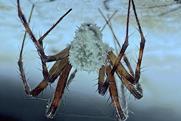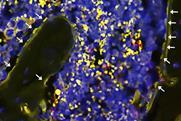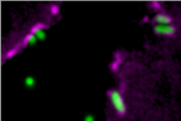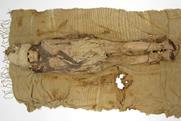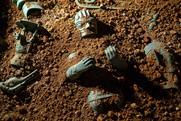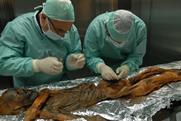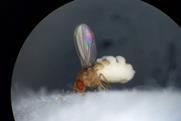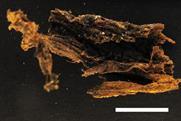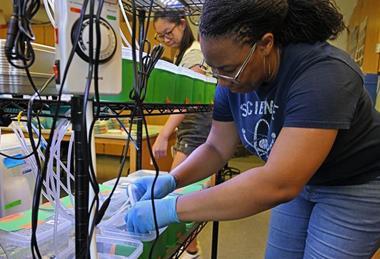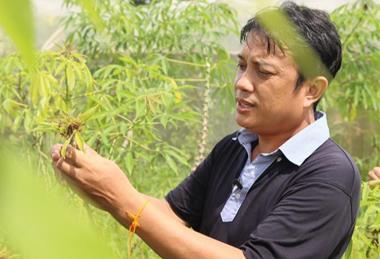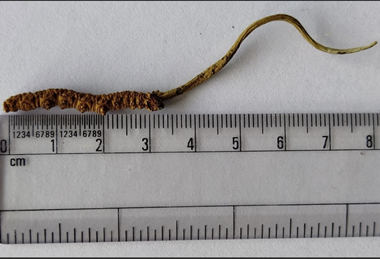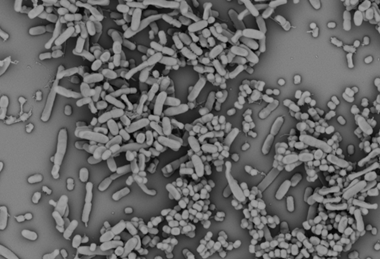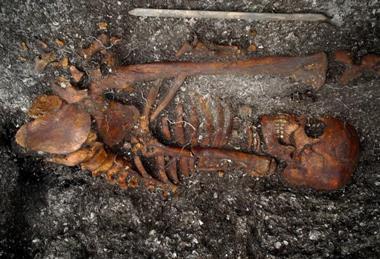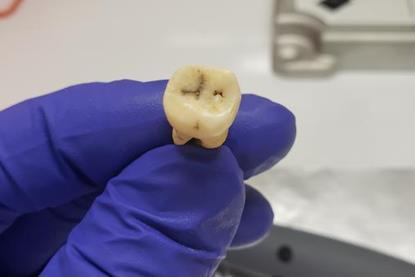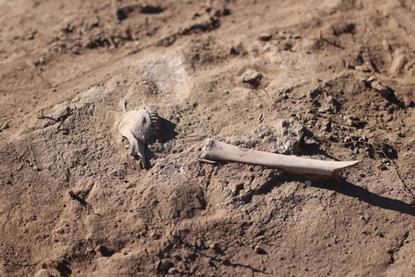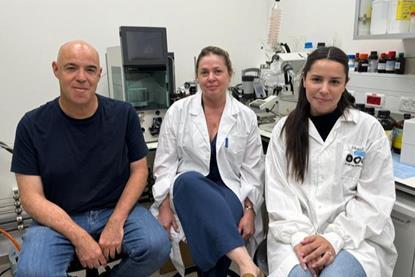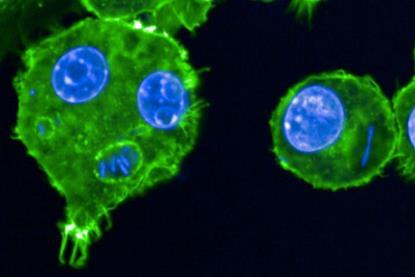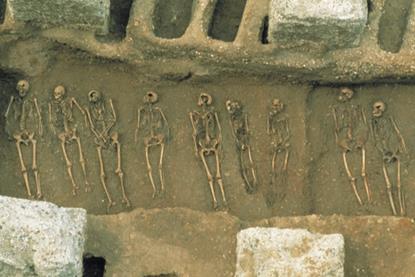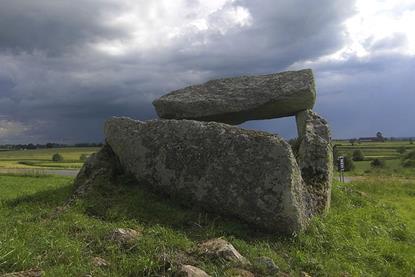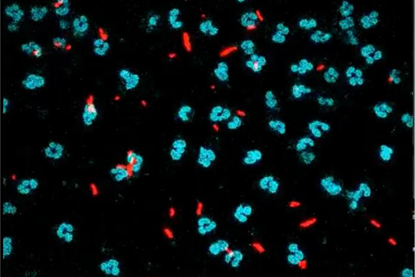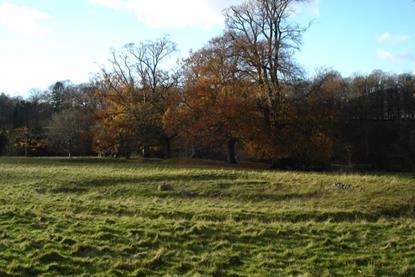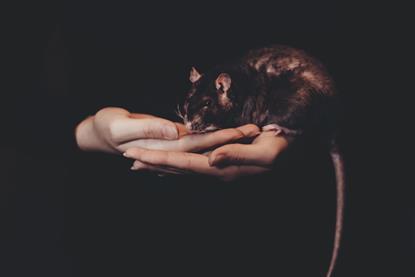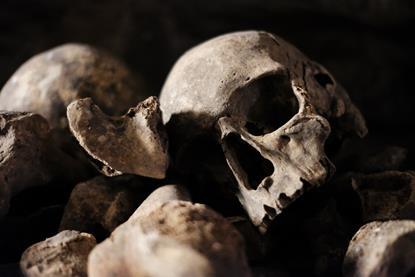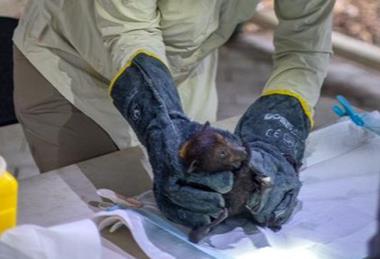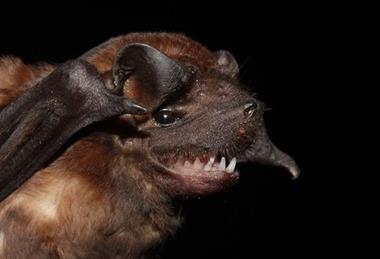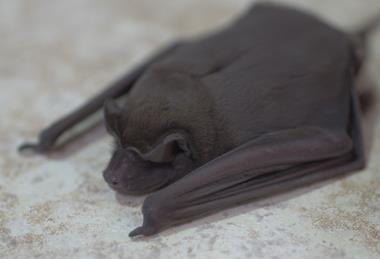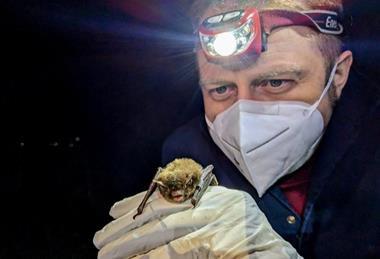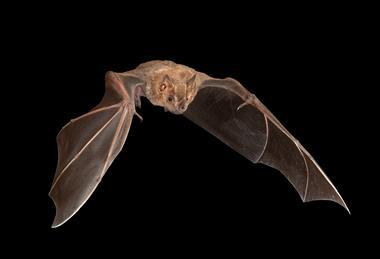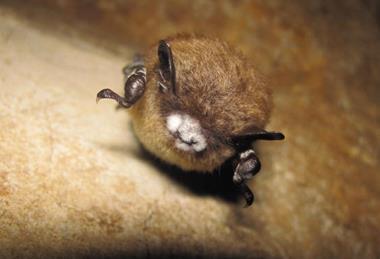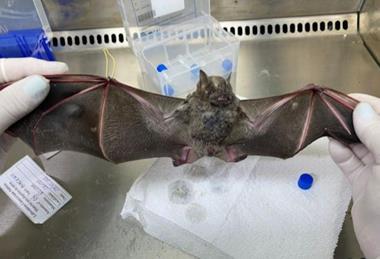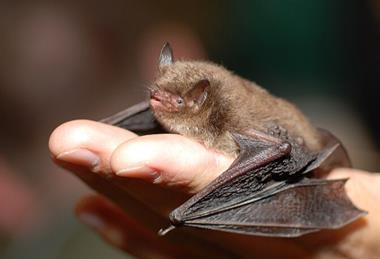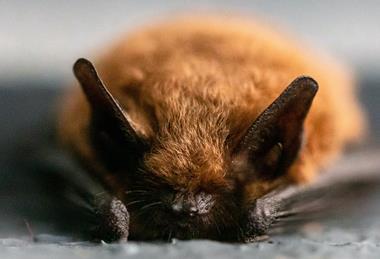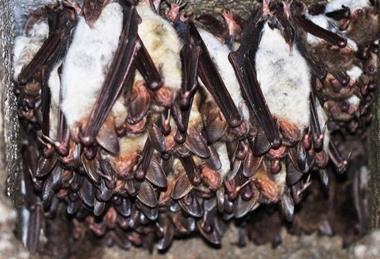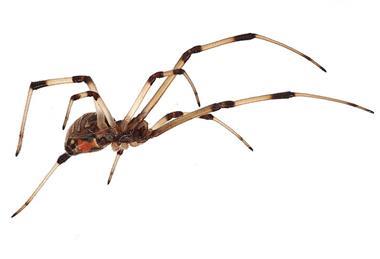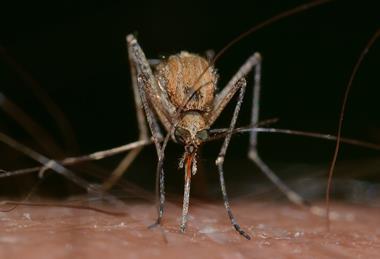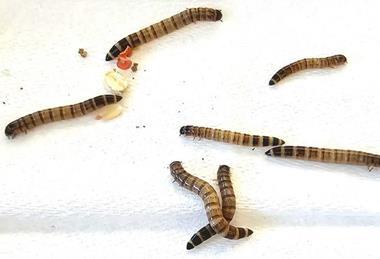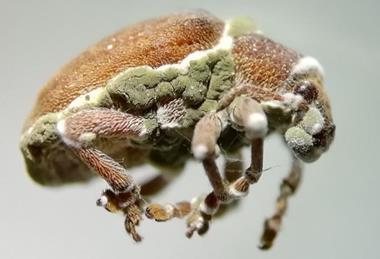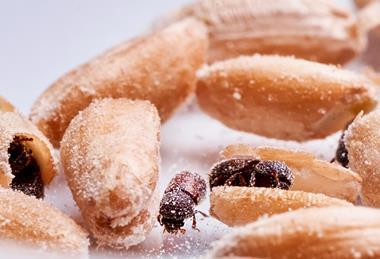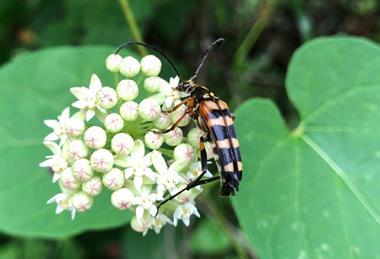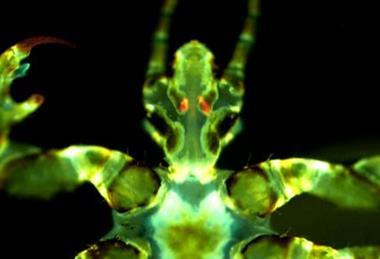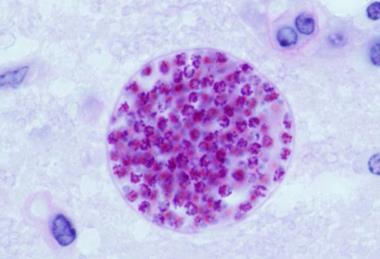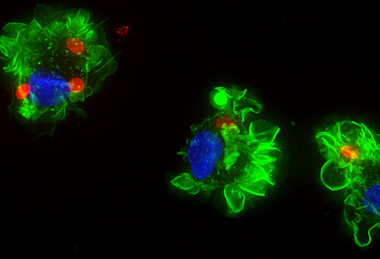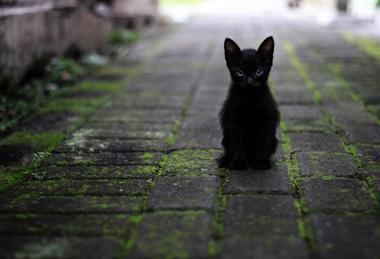Trick or treat!
For this year’s Halloween celebrations we’ve resurrected our spooky collection.
Draw the curtains and settle in for some tales of terror.
Under the microscope: Body farms
Human Taphonomy Facilities, also known as body farms, are outdoor research facilities used to study human decomposition under different environmental conditions and stressors.
Read storyMicrobial-induced pathologies in 80-million-year-old dinosaur bones
In the microbiology laboratory, we observe infection in real-time: bacterial colonies spreading across agar plates, inflammatory markers rising in blood samples, and immune responses captured at single timepoints. But what if we could watch only one frame at a time of an entire infection unfold from initial pathogen invasion through ...
Parasitic worms: an unexplored source of novel antimicrobials?
Novel antimicrobials are desperately needed to combat the AMR crisis, however, the clinical and preclinical pipeline for novel antimicrobials is virtually stagnant. This article will shed light on parasitic worms as an unexplored and underappreciated source of antimicrobial peptides.
Termite hydrogen: a wildcard in the fight against climate change
Whilst termites are infamous for causing economic damages and destruction of property, their ability to naturally produce hydrogen is virtually unheard of. Could they be used to solve the energy crisis?
New breakthrough uncovers how to kill ‘zombie’ TB cells resistant to antibiotics
Researchers exposed a library of over 500,000 genetically modified tuberculosis bacteria to two commonly used antibiotics. By analysing the survivors, they pinpointed genes whose disruption significantly reduced the number of surviving persisters.
New fungal species named in honour of Sir David Attenborough making zombies of cave spiders
A study to investigate the identity of a fungus found on a spider during filming of the BBC Winterwatch series in Northern Ireland has confirmed it as a novel species that manipulates its host by compelling it to migrate and die in exposed situations.
Sea zombies: Viruses keep the most common marine bacteria in check
The ocean waters surrounding the German island of Helgoland provide an ideal setting to study spring algae blooms, a focus of research at the Max Planck Institute for Marine Microbiology since 2009.
Teen acne treatment can have knock-on impact on gut microbiome and maturing skeleton
Long-term use of systemic antibiotics to treat adolescent acne can perturb the gut microbiome, leading to altered profiles of circulating bile acids that reduce osteoblast function and bone mass accrual, researchers show.
Cytoskeleton septins act as cell defence to block bacteria incursion
Researchers have identified a previously unknown, natural, defense mechanism that protects cells from Pseudomonas aeruginosa infection, as revealed in a study published in Cell Reports.
Deadly bacteria show thirst for human blood
Some of the world’s deadliest bacteria seek out and feed on human blood, a newly-discovered phenomenon researchers are calling “bacterial vampirism”.
World’s oldest cheese found with ancient mummies reveals origins of kefir
For the first time, scientists have successfully extracted and analyzed DNA from ancient cheese samples found alongside the Tarim Basin mummies in China, dating back approximately 3,600 years, suggesting a new origin for kefir cheese.
Shining a light on microbes from the past with molecular paleomicrobiology
Is there a way to objectively address the history of microorganisms?
Uncovering the secrets of the mummy
To his great surprise, microbiologist Frank Maixner found himself turning his scientific skills to mummy research. He reveals what the latest techniques are revealing about ancient humans, the history of malaria and the Medici family.
Puppeteer fungus directs ‘summiting’ of zombie flies
Scientists have uncovered the molecular and cellular underpinnings behind the ability of the parasitic fungus Entomophthora muscae’s ability to manipulate the behaviour of fruit flies.
Malaria pathogen found in mummified soft tissue in Medici tomb
The pathogen of the deadliest form of the disease has been identified in mummified soft tissue belonging to members of the Florentine dynasty.
- Previous
- Next
- News
New research rewrites origins of world’s first recorded pandemic - the Plague of Justinian
For the first time, researchers have uncovered direct genomic evidence of the bacterium behind the Plague of Justinian — the world’s first recorded pandemic — in the Eastern Mediterranean, where the outbreak was first described nearly 1,500 years ago.
- News
4,000-year-old sheep reveals that livestock played a role in prehistoric plague infections
An ancient Yersinia pestis genome recovered from sheep sheds new light on a mysterious infectious disease that plagued prehistoric Eurasia for over 2000 years.
- News
Researchers develop mRNA-based vaccine against a deadly plague-causing bacterium
Researchers have used the platform developed for COVID-19 vaccines to create the world’s first mRNA-based vaccine against the deadly, antibiotic-resistant bacterium behind pneumonic plague.
- News
Prairie dogs carry genes linked to surviving plague
A study of the genetic basis of plague immunity in prairie dogs has broad implications for conservation. By comparing whole-genome sequences, the authors identified genetic variants associated with survivorship.
- News
How the plague bacillus became less virulent, prolonging the duration of two major pandemics
Scientists have discovered that the evolution of a gene in the bacterium that causes bubonic plague, Yersinia pestis, may have prolonged the duration of two major pandemics. Modifying the copy number of a specific virulence gene increases the length of infection.
- News
Plague transmission may have begun a century before the Black Death, study shows
Evidence from 13th-century chroniclers and physicians indicates plague may have been involved in epidemics a century before the Black Death, a new study shows.
- News
Researchers scour more than 600 genome sequences in quest for origins of Black Death
Researchers seeking to better understand the origins and movement of bubonic plague have completed a painstaking granular examination of hundreds of modern and ancient genome sequences, the largest analysis of its kind.
- News
The plague may have caused the downfall of the Stone Age farmers
Ancient DNA from bones and teeth hints at a role of the plague in Stone Age population collapse. Contrary to previous beliefs, the plague may have diminished Europe’s populations long before the major plague outbreaks of the Middle Ages.
- News
Researchers unmask an old foe’s tricks to thwart new diseases
Researchers are studying Yersinia pestis, the bacterium that causes bubonic and pneumonic plague, to better understand its ability to evade the immune system and apply that understanding to control other pathogens.
- News
4,000-year-old plague DNA found – the oldest cases to date in Britain
Researchers have identified three 4,000-year-old British cases of Yersinia pestis, the bacteria causing the plague – the oldest evidence of the plague in Britain to date.
- News
Study reveals how plague spreads through wild rodent populations
Mathematical modeling reveals how fleas with early-stage Yersinia pestis infections are insufficient to drive epizootic outbreaks but can help promote a low level of enzootic plague.
- Features
London's hidden plague pits
Bunhill Fields cemetery in the City Road is a quiet haven on the edge of the City of London, mainly attracting office workers seeking lunchtime tranquility or possibly a shortcut to the Artillery Arms pub in Bunhill Row.
- Previous
- Next
- Previous
- Next





